Design, architecture and site of the Council House
The Council House was designed by the architects Edward Garratt and H.W Simister of Birmingham and was built in 1913-17. The outbreak of the First World War meant that the building was not officially opened (by the Duke of York, later King George VI) until June 1920. The use of an early Tudor style was in keeping with St. Mary's Hall at the rear (a condition set down by the Corporation) and suited the awkward site.
The original scheme for new municipal buildings was actually put forward in 1895. A competition had been organised to find the best design and 10 designs from nine different architects, three of whom were Coventry men, had been received. Prizes were awarded to the three best designs - £150 to Harry Quick of Coventry, and £50 each to H. T. Hair of London and Herbert W. Chattaway of Coventry. Quick's design was illustrated in the Midland Daily Telegraph for June 20th and 22nd, 1895.
The 12 drawings carried the motto of 'Leofric the Saxon' and were praised because "...apart from their merits as showing the best arrangement of the necessary buildings upon the somewhat scattered site, [they] are beautiful works of art". The proposed buildings were in the Tudor style, faced in stone and decorated with turrets and crenellations, oriel and bay windows and a corner Clock tower, not dissimilar to the one eventually built.
The chosen site was bounded by Earl and St. Mary Streets and Bayley and Hay Lanes, and would involve the demolition of the existing police station, all properties on the west side of St Mary Street, the block of property extending from the corner of St. Mary Street along Earl Street as far as F. J. Thomas's shop, the Gas Offices, Town Clerk's Office and the premises of Messrs, Dewes, Seymour and Wilks in Hay Lane.

